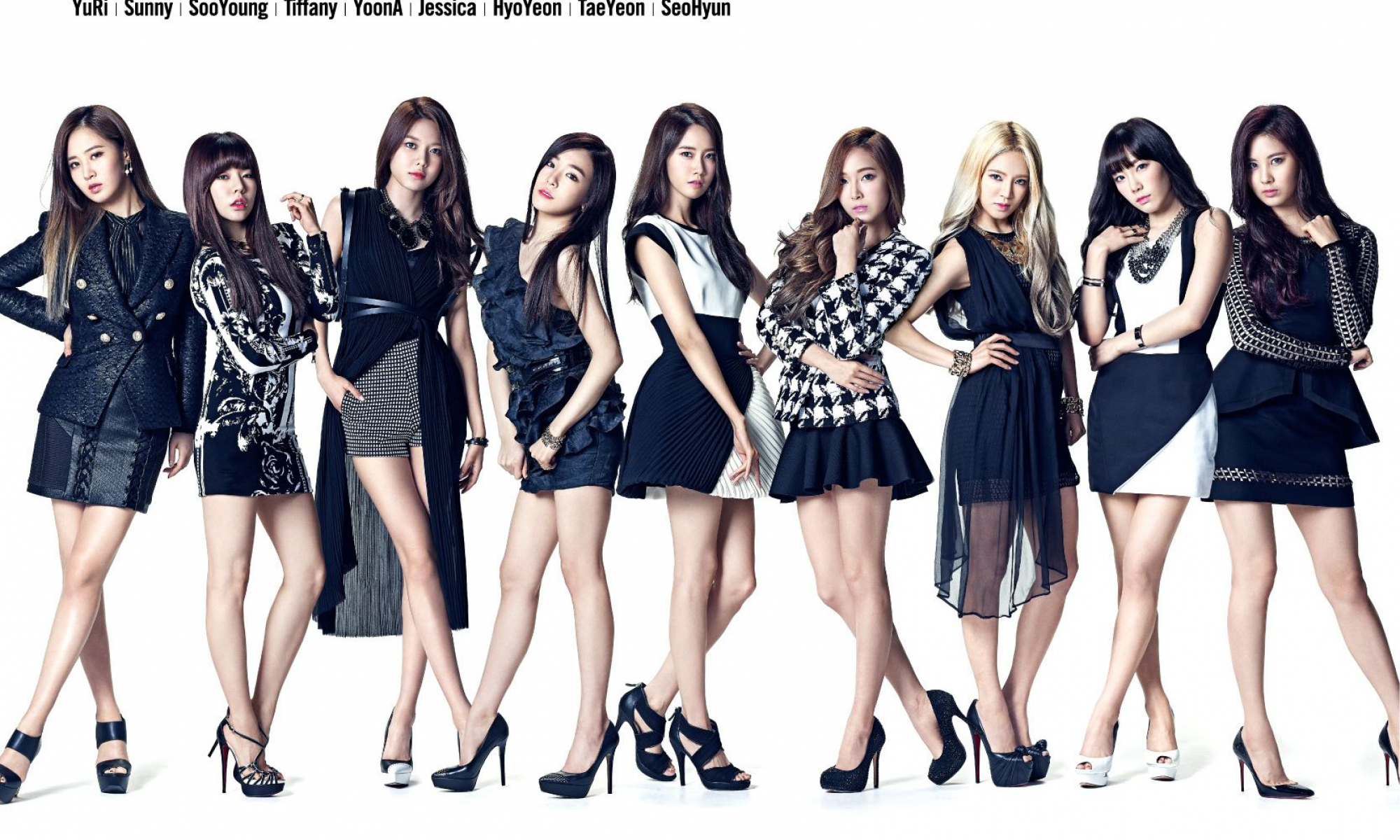Girls’ Generation’s ‘Lion Heart’ was published by SM Entertainment in 2015. This song was written by many producers from different countries, including Kenzie from SM Entertainment and The Underdogs who are from the US. The retro style of this music video had attracted many audiences. In the music video, members of Girls’ Generation fall in love with a man who wears a lion headgear, and they want to get his heart. Yet at the end of the video, they find that the man is dating with many different girls, so they all break up with him immediately. Girls Generation has been famous and successful for many years not only because they have beautiful faces, but also because they absorb cultures from other country and make K-pop more acceptable to the world.
We can see that Korean pop music is more and more globalized nowadays. Every elements of the video are retro style, including their clothes, makeup, choreography, and the story. It can remind audiences of the style of the American back to 1960s. Then, when the American audiences or audiences from countries which were influenced by the American culture watch this video, they might like it because audiences can get their cultural identity. Once Girls’ Generation opens the foreign market, they can perform to more people and then become more famous. In addition, the English lyric in this song is another representation of globalization of K-pop. Jin and Ryoo mentioned that although Americanization did not equal to globalization, adding English to songs could make the song more understandable to foreign observers because English is a globalized language (Jin and Ryoo 2014, 115). In my opinion, English lyrics in K-pop music videos are always simple and the word is usually used in our daily life. It is easier for audiences in many different countries to understand the meaning of songs, and to learn and to spread the song compared to only Korean lyrics in songs.
‘Lion Heart’s music video is interesting and understandable. The video is divided into chapters, and it tells a complete story. It is more likely to attract audiences and make them watch the video from the beginning to the end. The music video is one of the most important elements of K-pop. Because media is well developed now, people can usually watch music videos in the media. Ono and Kwon mentioned in their paper that YouTube is the best friend of K-pop because K-pop focuses on performance and YouTube is the way to visualize the music (Ono and Kwon 2013, 208). Then the music video of ‘Lion Heart’ takes good advantage of media like YouTube to tell the story about the ‘Lion Heart’ and to spread their music.
The story in the music video delivers a positive attitude about women in love. In the story, girls pursue their love bravely and when they find the man they love is a playboy, they leave him without hesitation. In some other K-pop music video, women need to present their sexy shapes to please men and get their love, which shows a problematic attitude. Then there is the possibility that teenagers who watch that video would form an inappropriate value for women. In Kistler and Lee’s paper, they mentioned that male college students were likely to objectify women and form a stereotype if they watch music videos including sexual content in a strong way (Kistler and Lee 2009, 67). Therefore, I think the music video of ‘Lion Heart’ delivers a correct and positive attitude toward women.
In conclusion, the music video of ‘Lion Heart’ is a successful video because it combines American retro style to K-pop and the story is not only attractive but also present a correct attitude to women.
Bibliography
Jin, Dal Yong and Woongjae Ryoo. “Critical Interpretation of Hybrid K-Pop: The Global-Local Paradigm of English Mixing in Lyrics, Popular Music and Society”, 37 no.2 (2014): 113-131.
Kistler, Michelle E. and Moon J. Lee. “Does Exposure to Sexual Hip-Hop Music Videos Influence the Sexual Attitudes of College Students?” Mass Communication and Society 13, no. 1 (2009;2010;): 67-86.
Ono, Kent A. and Kwon, Jungmin. The Korean Wave:YouTube as K-pop interlocutor. London: Routledge Taylor&Francis Group, 2013.

